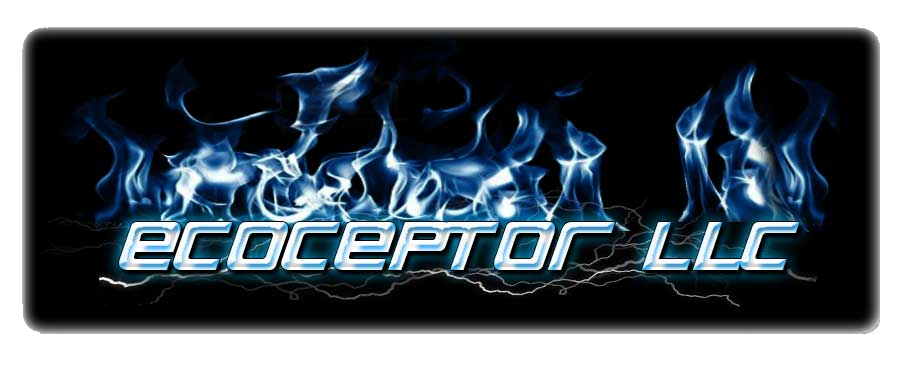Library Articles
Hydrogen as a Fuel Supple,ent in a CNG Operated Vehicle Using a Simple Onboard Hydrogen Generation System
Natural gas operated gasoline engines achieve superior fuel economy on the expense of reduced engine power and increased emissions. One method of offsetting these disadvantages is by the addition of hydrogen gas up to 20% by volume to compressed natural gas (CNG) using the existing natural gas conversion systems. This offers major benefits in fuel economy, light load performance and lower emissions.
The effect of supplementing CNG with hydrogen is studied along with the design of a simple hydrogen generation system for a 1.3 L bi-fuel engine. The Suzuki 1.3 L G13BA (SOHC) gasoline engine fitted with the Landi Renzo CNG pressure regulator, Type TN1 (Standard) has been used for experimentation. The system uses a small current for electrolysis of ordinary tap water for production of hydrogen. The light load performance is significantly enhanced and carbon monoxide and unburnt hydrocarbon emissions are reduced. Constraints on system design have been duly accounted for and the complete system is placed under the hood of the vehicle.
A Field Study of the Effects of the Hydrogen Generating System on Power, Fuel Economy and Emissions in Gasoline and Diesel Engines
The fractional addition of hydrogen to air entering the combustion chamber improves combustion and thermal efficiency, reduce gaseous emissions and decrease fuel consumption. Hydrogen gas enhances the flame properties of the air-fuel mix and catalyzes the combustion of the hydrocarbon fuel. Since 1993, a system to generate hydrogen and oxygen gases onboard through electrolysis of water has been developed and refined. The energy for the electrochemical reactions is supplied from the batter/alternator circuit. Hydrogen and oxygen gases produced by the system are never stored, but delivered to the air intake by a vacuum pump. An electronic process controller varies energy input to maintain constant flow of gases produced while an electronic safety module ensures the safe operation of the system. Performance impact has been documented for a full range of engine sizes, ages, fuel and vehicle types. Emissions of nitrogen oxides (NOx), carbon monoxide (CO) and hydrocarbon (HC) were observed under loaded conditions on a dynamometer and no-load conditions at time of installation. Percent opacity, a direct measure of carbon particles emitted in diesel engines, was also investigated. Detailed fuel logs obtained from users and computer downloads were analyzed. Power and torque were measured using a number of inertial and hydraulically loaded chassis dynamometers available in Edmonton and Calgary.
Explanation of Anomalous Combustion of Brown’s Gas Using Dr. Mills’ Hydrino Theory
There are several anomalous combustion phenomena that cannot be explained by current theories. One of them is the stoichiometric mixture of hydrogen and oxygen, known as Brown’s gas. Dr. Randell Mills developed “hydrino” theory starting in 1986 that can explain excess heat in the absence of nuclear products in the research of cold fusion. It was applied to explain this anomalous combustion, by replacing potassium ion with atomic oxygen. It was found out that hydrino theory can explain this anomalous combustion phenomenon including abnormal heat generation from combustion of emulsified fuels. It was suggested that this technology can be utilized for the improvement of future internal combustion engines.
Effect of Hydrogen Enriched Hydrocarbon Combustion on Emissions and Performance
The principle of this mode of combustion is to add a percentage of hydrogen gas to the combustion reactions of either compression or spark ignition engines. The addition of hydrogen has been shown to decrease the formation of NOx, CO and unburned hydrocarbons. Studies have shown that adding hydrogen in percentages as low as 5-10% percent of the hydrocarbon fuel can reduce that hydrocarbon fuel consumption. The theory behind this concept is that the addition of hydrogen can extend the lean operation limit, improve the lean burn ability, and decrease burn duration.
To apply this method to an engine a source of hydrogen is needed. At this time the simplest option would be to carry a tank of hydrogen. Research is being conducted to allow the hydrogen to be reformed from the vehicles hydrocarbon fuel supply or produce hydrogen, on-board the vehicle from electrolysis of water. In the future, better methods could be developed for storing hydrogen in the vehicle or production of hydrogen on-board the vehicle.
Some comments on implosion and Brown gas
The crystallizing Π-bondings of hydrogen and oxygen make Π-far infrared rays of one wavelength, which come out into space. Infrared rays produced by burning in a cavity tube are inwardly convergent and focused by a strong gravitational field of Π-far infrared rays. Metal and ceramic can be welded by Brown gas because the temperature becomes so high that the generated Π-far infrared rays promote the crystallizing Π-bonding of atoms between them.
A Brown gas heating system is highly recommendable because it does not need to be supplied with oxygen and humidity as the room temperature increases and also it supplies bioactivity due to the Π-far infrared rays.
A Brown gas incinerator can reduce radioactive rays to 1/3±1/120 when it burns the trash from an atomic power generator. The implosion characteristics of Brown gas cannot be explained by modern physics, whilst the crystallizing Π-bonding of atoms can interpret it clearly.
